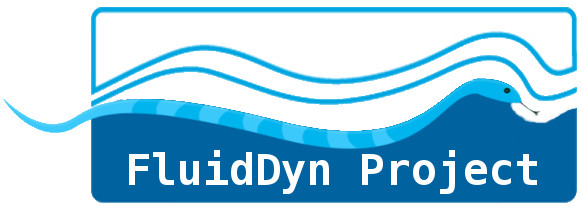Miniforge: conda, mamba and conda-forge#
In this page, we give indications about how to install Miniforge and use conda/mamba. Please, if you encounter problems, fill an issue here to explain what you did and what are the errors (please copy / paste the error log).
The first step is to install Miniforge, which is a modified version of Miniconda using by default the community driven conda-forge channel.
On Windows, download the Windows installer and follow the instructions given in conda-forge/miniforge.
Open an Anaconda Prompt and run conda init --all.
Download the installer using curl or wget or your favorite program. For eg:
wget "https://github.com/conda-forge/miniforge/releases/latest/download/Miniforge3-$(uname)-$(uname -m).sh"
or
curl -L -O "https://github.com/conda-forge/miniforge/releases/latest/download/Miniforge3-$(uname)-$(uname -m).sh"
Execute the installer and initialize conda:
bash Miniforge3-$(uname)-$(uname -m).sh -b
$HOME/miniforge3/bin/conda init --all
When it’s done, open a new terminal (click on ctrl-alt-t) and check that the line in
the new terminal starts with (base). The indication (base) means that you use the
base “environment”.
However, working in the base environment is not a good practice and it is better to
disable the auto activation with:
conda config --set auto_activate_base false
conda and mamba are 2 commandline tools to manage software installations and create
“environments”.
Definition: environment
A environment is a set of programs and libraries with particular versions. An
environment is defined by the software installed on your computer and by
environment variables, in particular the variable $PATH, which contains all
the paths where your shell looks for programs (you can read the output of echo $PATH).
It is very useful to be able to create different environments for different tasks. It is
usually better to keep the base environment only for the conda software and to use
different environments for other tasks. We will use this strategy here. We will have
1 environment for some basic libraries used in this course (called
main),1 environment with Fluidsim and MPI (called
env-fluidsim-mpi).
conda takes the programs that it installs from “channels”. We are going to use the
largest open-source community driven channel called conda-forge. With Miniforge,
conda-forge is by default the main channel.
We can start by creating the main environment with the commands:
conda env create --file https://foss.heptapod.net/fluiddyn/fluidhowto/-/raw/branch/default/book/python/conda-env-main.yml
Content of the .yml file describing the environment?
name: main
dependencies:
# standard packages
- ipython
- numpy
- matplotlib
- ipympl
- scipy
- pandas
# jupyterlab and few nice extensions
- jupyterlab
- jupyterlab-myst
- jupyterlab-spellchecker
- jupyterlab-variableInspector
# to be able to use this environment with Spyder
- nb_conda_kernels
While conda creates the environment, we can study the most important conda commands:
conda activate mainconda deactivateconda search fluidsimconda create -n name-env numpy pandasconda env list
Tip
One can add the line conda activate main at the end of the file ~/.bashrc.
